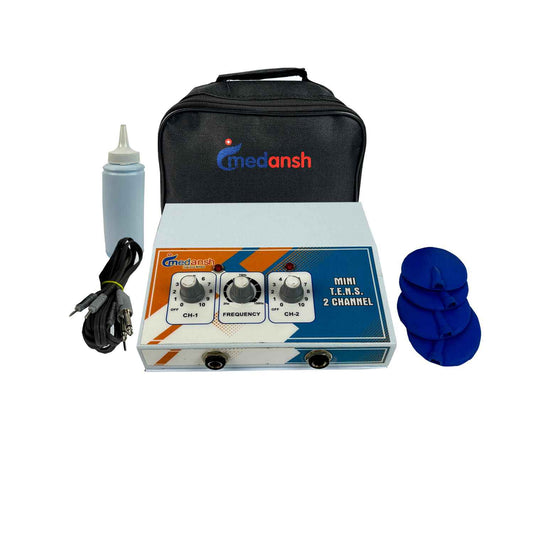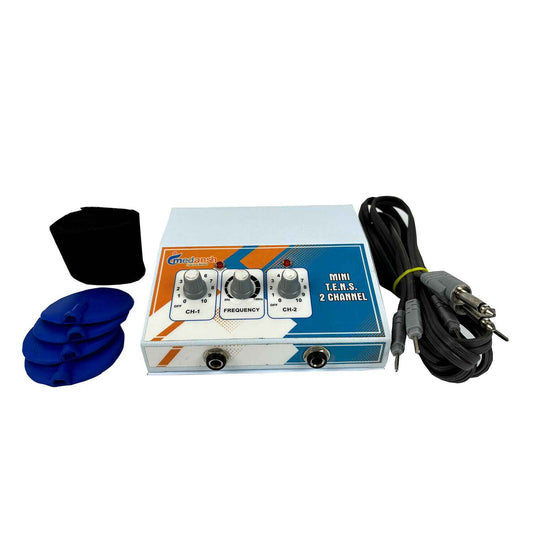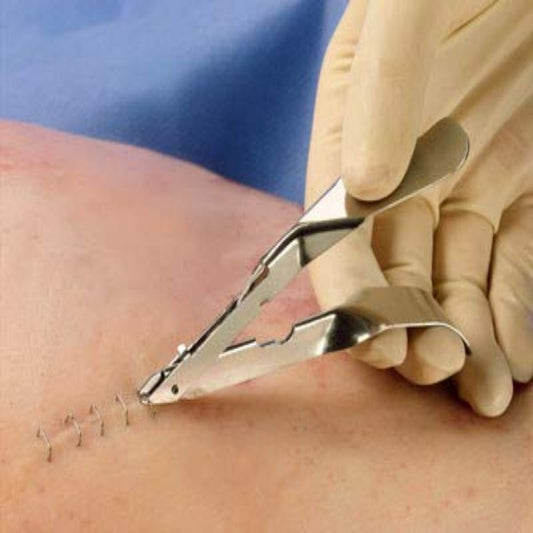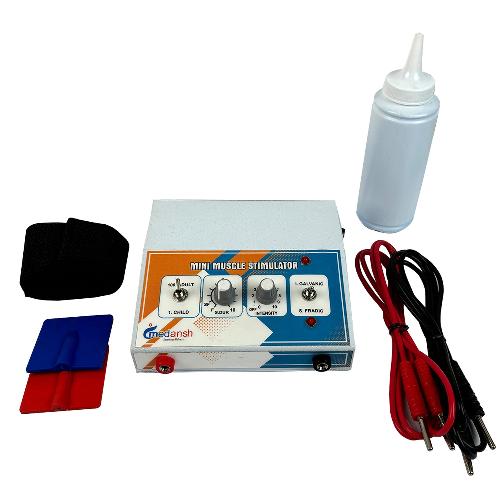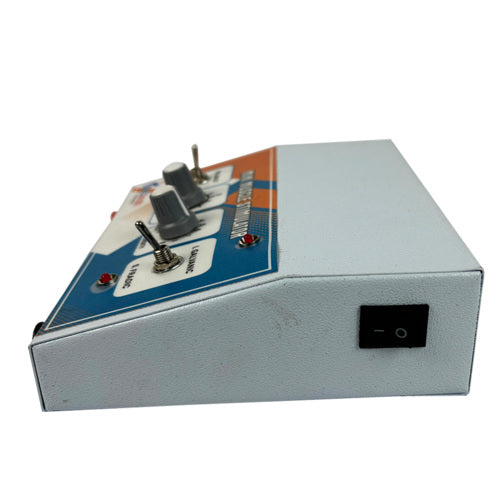-
This Geometric Shape Sorter Toy is a Fantastic Way to Teach Shapes, Size, Height, Colors. 16 Geometrical Pegs Can Be Sorted, Counted, Stacked, Arranged and Placed on a Wooden Base in Numerous Ways. Each Shape is Made of Natural Solid Wood and Painted in...
- Rs. 1,655Inclusive of all taxes
Rs. 2,024- Rs. 1,655
- Unit price
- per
Save Rs. 369Inclusive of all taxes
-
This adorable educational tool helps your kids to learn and improve numbers counting skills. This toy improves sequencing and order, pencil grip and hand, eye co-ordination. This will help in building confidence and cognitive skills while learning and counting fundamental numbers. Learn and count...
- Rs. 3,035Inclusive of all taxes
Rs. 5,060- Rs. 3,035
- Unit price
- per
Save Rs. 2,025Inclusive of all taxes
-
Multi Shape Peg Board for Eye Hand Coordination Box Contain - 20 Pegs (5 pegs of each shape) , 1 Board Made of fine wood . Pegs and shapes can be used for shape learning , counting, size differentiation, alignment Country of Origin : India ...
- Rs. 1,839Inclusive of all taxes
Rs. 2,300- Rs. 1,839
- Unit price
- per
Save Rs. 461Inclusive of all taxes
-
Condition New Material Stainless steel Type Microwave Therapy, Exercise Equipment Usage Clinical, Hospital, Personal A laminated board, fitted with 25 magnates of different resistances Set comes with chrome plated 25 metal pegs, pegs are provided with different type of Grip and Finger holds ...
- Rs. 6,301Inclusive of all taxes
Rs. 11,040- Rs. 6,301
- Unit price
- per
Save Rs. 4,739Inclusive of all taxes
-
Useful for stimulating size and depth perception on advance level. Wooden laminated board has 25 round pegs of equal size. There are five rows of each size. Each size is painted in a different colors. Country of Origin : India Manufacturer/Importer/Marketed By : Meddey Technologies Pvt...
- Rs. 2,208Inclusive of all taxes
Rs. 3,680- Rs. 2,208
- Unit price
- per
Save Rs. 1,472Inclusive of all taxes
-
Peg Board Country of Origin : India Manufacturer/Importer/Marketed By : Meddey Technologies Pvt Ltd.C-75, First Floor DDA Sheds,Industrial Area , Phase 1 , Okhla , New Delhi - 110020 , Phone No- +91 8586-012345
- Rs. 783Inclusive of all taxes
Rs. 869- Rs. 783
- Unit price
- per
Save Rs. 86Inclusive of all taxes
-
Board develops concentration, problem-solving & logical thinking, The 30cm x 30cm. board is fitted with NINE magnets and comes with nine metallic pegs. Pegs are numbered from ONE to NINE for patients to play magic square games. Country of Origin : India Manufacturer/Importer/Marketed By...
- Rs. 5,749Inclusive of all taxes
Rs. 8,280- Rs. 5,749
- Unit price
- per
Save Rs. 2,531Inclusive of all taxes
Recently Viewed Products
Medansh
Example product title
- Rs. 20Inclusive of all taxes
- Rs. 20
- Unit price
- per
Inclusive of all taxes
Medansh
Example product title
- Rs. 20Inclusive of all taxes
- Rs. 20
- Unit price
- per
Inclusive of all taxes
Medansh
Example product title
- Rs. 20Inclusive of all taxes
- Rs. 20
- Unit price
- per
Inclusive of all taxes
Medansh
Example product title
- Rs. 20Inclusive of all taxes
- Rs. 20
- Unit price
- per
Inclusive of all taxes
Medansh
Example product title
- Rs. 20Inclusive of all taxes
- Rs. 20
- Unit price
- per
Inclusive of all taxes
Medansh
Example product title
- Rs. 20Inclusive of all taxes
- Rs. 20
- Unit price
- per
Inclusive of all taxes
Medansh
Example product title
- Rs. 20Inclusive of all taxes
- Rs. 20
- Unit price
- per
Inclusive of all taxes
Medansh
Example product title
- Rs. 20Inclusive of all taxes
- Rs. 20
- Unit price
- per
Inclusive of all taxes
Medansh
Example product title
- Rs. 20Inclusive of all taxes
- Rs. 20
- Unit price
- per
Inclusive of all taxes
Medansh
Example product title
- Rs. 20Inclusive of all taxes
- Rs. 20
- Unit price
- per
Inclusive of all taxes
- Choosing a selection results in a full page refresh.

